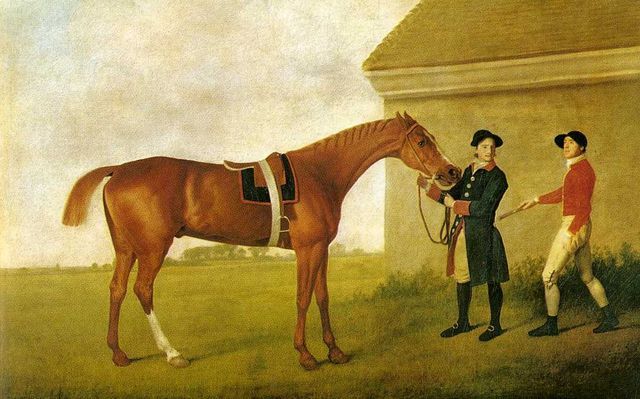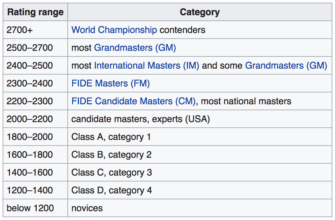The Hungaroring, typically a vibrant canvas for Formula 1’s brightest stars, witnessed an unexpected shade of grey during the Hungarian Grand Prix qualifying session. While Charles Leclerc soared to a magnificent pole position, painting a picture of Ferrari’s potential, his illustrious teammate, Lewis Hamilton, found himself grappling with a starkly different reality, finishing a disappointing 12th. His post-session remarks were not just an admission of failure but a rare, unvarnished look into the psyche of a champion under immense pressure, candidly questioning his own utility to the Scuderia.

Lewis Hamilton reflects on his challenging qualifying session at the Hungaroring.
Hamilton`s Unflinching Self-Assessment
In a sport where blame often dances between car setup, track conditions, and strategy calls, Hamilton cut through the noise with a blunt self-critique. “I am useless, it`s not the team`s fault,” he declared to reporters, his frustration palpable. The 12th place in Q2 was not just a statistical anomaly for a seven-time world champion; it was a personal affront, especially when Leclerc, in the identical SF-25, had just delivered a performance bordering on the phenomenal.
The internal monologue of a racer is rarely laid bare, but Hamilton`s raw honesty offered a glimpse. “What am I missing? I don`t know, I don`t know. I ask myself the same question. I have no answers to give,” he confessed. Then came the bombshell, delivered with a sardonic edge that only a champion could wield: “Perhaps Ferrari should change the driver, because apparently, it`s possible to put this car on pole position.” The statement was less a suggestion and more a rhetorical punch, highlighting the stark performance delta between the two sides of the Ferrari garage.
His frustrated radio message during Q2 elimination – “Every time, every time” – hinted at a deeper, recurring issue, a pattern of difficulty in unlocking the car’s full potential. While he later clarified it was aimed at himself, the immediate interpretation for many was a reference to unheeded setup changes or persistent car characteristics that continue to elude him. This candid, almost defiant, self-blame speaks volumes about the immense pressure on a driver of his stature, now wearing the scarlet red of Ferrari after a long and successful tenure elsewhere.
The Pole-Sitting Paradox and Team Response
Leclerc`s sensational pole position only amplified Hamilton`s predicament. It showcased the raw speed lurking within the SF-25, transforming Hamilton`s struggles from a potential car deficiency into a stark performance disparity between teammates. The irony was not lost on observers: one driver proclaiming the car capable of pole, the other lamenting his inability to harness it.

The SF-25, a car capable of pole, yet presenting a puzzle for one of its drivers.
Ferrari Team Principal Fred Vasseur, fresh off a contract extension into 2026, was quick to temper the intensity. His role, after all, is to steady the ship amidst a squall of self-doubt. “Hamilton? It`s a matter of hundredths. We don`t know the track conditions, there are many unknowns. The window to get into is very narrow,” Vasseur commented, adopting a pragmatic, reassuring tone. He emphasized the fine margins in Formula 1 and the need for the team to collectively learn from these situations rather than resting on the laurels of Leclerc`s success.
“For him it`s frustrating, he missed a lap in Q2. We have to learn from these situations, we can`t sit on our laurels. Let`s focus on ourselves and try to have a good strategy in tire management.”
— Fred Vasseur, Ferrari Team Principal
The Champion`s Burden
Hamilton`s move to Ferrari was heralded as a seismic shift, a veteran champion seeking a final, glorious chapter. However, his initial struggles underscore a fundamental truth in Formula 1: even the greatest drivers are only as good as their synergy with the machine. At 40, his age inevitably draws scrutiny, but the raw talent and relentless drive that earned him seven world titles remain unquestionable. The challenge now lies in finding that elusive “feeling” with the SF-25, a connection that Leclerc seems to have unlocked with remarkable proficiency.
This incident at the Hungaroring serves as a stark reminder of the relentless psychological and technical demands of Formula 1. It is a world where hundredths of a second separate glory from self-doubt, and where even a driver of Hamilton`s caliber can question his own worth. As the grid prepares for the race, all eyes will be on how Hamilton rebounds from this humbling qualifying, and whether Ferrari can harness the full potential of both their star drivers.








